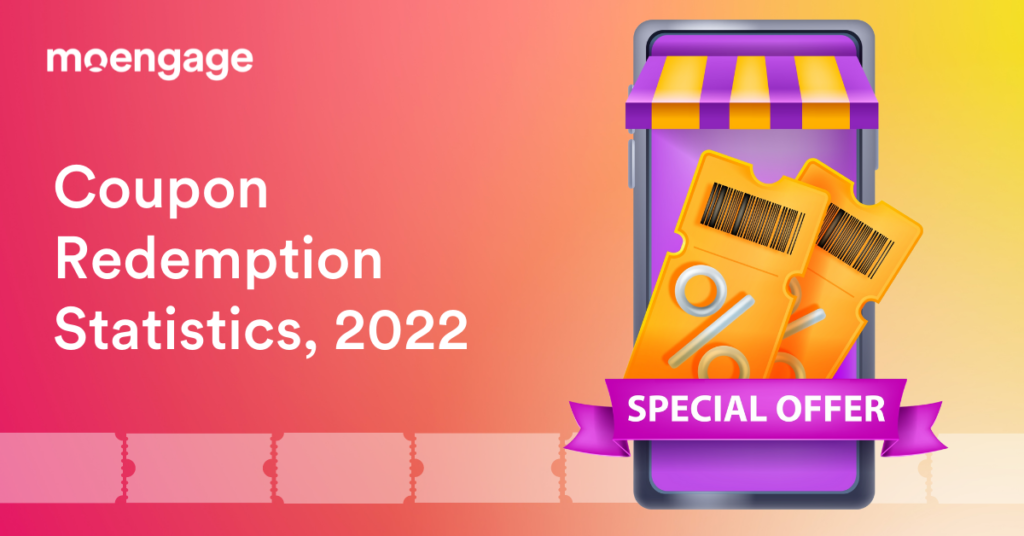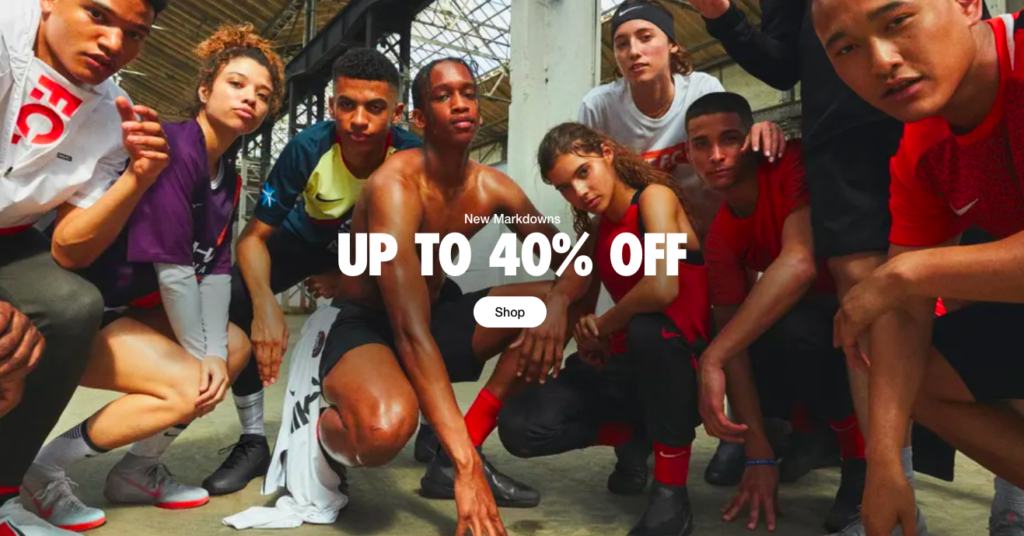A Detailed Guide To How Coupons Influence Consumer Purchase Behavior

Reading Time: 5 minutes
Coupons have long been used to boost sales. Still, the COVID-19 pandemic has fuelled an E-commerce boom that has seen the statistics regarding the effectiveness of coupon discounts skyrocket when it comes to consumer purchasing behavior.
The era of online shopping is now in full swing
The popularity of online shopping has been gaining pace fairly rapidly for some years now. Nothing, however, quite prepared the industry of E-commerce for the staggering rise in demands that came about as a result of the lockdowns. Businesses had to go into overdrive to keep up with consumer demands, not only in terms of production but the growing expectations for seamless online retail experiences.
Digital operations were overhauled left, right and center, as businesses that hadn’t yet fully modernized their workings adopted cutting-edge technologies to better serve their customers. Artificial intelligence, machine learning, automation, chatbots, virtual shopping experiences, and more were being rolled out at a vastly increased pace to keep up with the shifting trends in consumer expectations and behaviors.
And with these changes, competition became ever-more fierce. Offering discounts have always been a staple option for standing out from competitors and appealing to the buying psychology of consumers. Now, consumers have greater access to information and discounts than ever before.
Armed with their smart devices, consumers are never more than a few clicks away from comparing prices and accessing coupon discounts on products from all over the world.
Coupon redemption statistics for 2022
It has long been known that offering discounts affect the psychology of consumers, and as we move into an era of unprecedented convenience and digitization, that has not changed. Take a look at some of the key statistics regarding coupon use:

- In 2020, 92% of online shoppers searched for a coupon discount before completing their purchase;
- It is predicted that by 2022, the redemption of digital coupons will surpass $90 billion;
- In 2020, a reported 86% of Millennials said that a coupon discount could persuade them to switch brands;
- By 2022, it is projected that 80% or more of all coupon redemptions will occur via mobile devices;
These statistics go on and on, all demonstrating the rising popularity of digital coupon redemption. So, just what is it about coupons that have such an effect on consumer purchasing behavior?
How do discount coupons influence consumer spending?
The psychology behind the lure of discounts goes deeper than simply saving a few bucks. Here are some of the key ways that coupon discounts affect consumer behaviors.
1. Instilling trust
So long as businesses don’t bump up their original price exorbitantly only to dishonestly offer ridiculous reductions (i.e. offering a product for $20, down from $550), then offering discounts can instill trust in consumers.
Shoppers rarely assume any dishonesty, and instead, make the assumption that the discounts offered are genuine and represent a good deal with good faith. Offering realistic reductions creates a sense of comfort and trust, and encourages consumer loyalty.
2. Creating happiness
As backed up by findings from a study conducted by Claremont University, saving money on a product that is perceived as being worth more than the price tag literally creates feelings of happiness via the release of oxytocin. This then has the power to create a positive association with the brand and increase the possibility of returning business, too.
3. Reducing the desire to look for alternatives
Few consumers truly enjoy the task of having to shop around purely on the basis of price, although, in today’s highly digitized world, it’s easier than ever.
That is why offering coupon discounts are essential to incentivizing shoppers to act instead of continuing to seek a better deal elsewhere. If a coupon deal is attractive enough and easily accessible, there’s a much better chance that the consumer will act on it and complete the purchase.
The clothing company, GAP, had tremendous success with their simple yet effective campaigns, offering their customers popular deals that were easy to redeem and easy to share via heavily-promoted social media and email channels. The company’s 50 percent coupon was offered via discount site Groupon and, thanks to the strategic mix of social media and affiliate marketing, it grossed a reported $11m.
4. Creating a sense of urgency
According to Psychology Today, the lingering Fear Of Missing Out (FOMO), of ‘anticipatory regret’ is a significant factor when it comes to how promotional discounts motivate shoppers to make purchases. Anticipatory regret can occur whether or not the discount is advertised as a limited-time offer, as, if the deal is enticing enough, shoppers may worry about missing out regardless.
Types of discount coupons and why they work
Now that we have a better understanding of how coupon discounts affect consumer purchasing behavior, let’s take a look at some of the most commonly used discount offerings.
1. Standard dollar or percentage discount
The most commonly used is the simple discount model – offering a reduction in price, either as a dollar amount or a percentage of the original price, for example, $25 off or 10% off. Discounts like this can be applied to a particular product, across specific lines, or applied to an entire store or catalog.
Sporting brand giant, Nike, use discount promotions and coupon codes consistently to enhance their brand awareness and attract new and returning customers, often offering up to 40% off. They also offer free shipping to Nike members to further attract and retain customers.

2. Buy One Get One (Free) or (BOGO)
BOMO can be used in a variety of ways. Instead of offering 50% off, offering the second item at no cost can elicit added buying motivation in customers because of the opportunity to get something for free. Variations of this include offering the second item at 50% off, however, they still motivate consumers to make purchases in order to receive great discounts on subsequent items.
3. Threshold discount coupons
This discount type encourages consumers to increase the amount that they spend in order to access specific discounts. An example would be, ‘Get 20% off your shopping total when you spend $130 or more’.
4. Limited time offers
As discussed, limited-time discount offers to instill a sense of urgency in consumers, triggering their psychological predisposition for not wanting to miss out. It can be applied to various discount types but is most frequently used with the standard dollar amount or percentage-off models.
5. Free shipping coupons
This option is growing in popularity thanks to the colossal boom in E-commerce fueling online competition, and shipping costs are a well-known sticking point when it comes to consumer purchasing barriers. Many businesses now offer free shipping and often offset this cost by offering it only to those that make purchases over a certain dollar amount.
The bottom line
Coupons and discounts have been around for eons, and statistics show that they have successfully traversed the transition into the digital age, arguably becoming more pivotal than ever.
As technology advances and competition increases with it, consumers have more leverage at their fingertips than ever before. That said, their very humanness still responds to the same psychological stimuli when it comes to a great deal. Businesses must simply adapt the way they deliver their discounts, and streamline their digital customer experiences to include easy access to online coupon savings.







